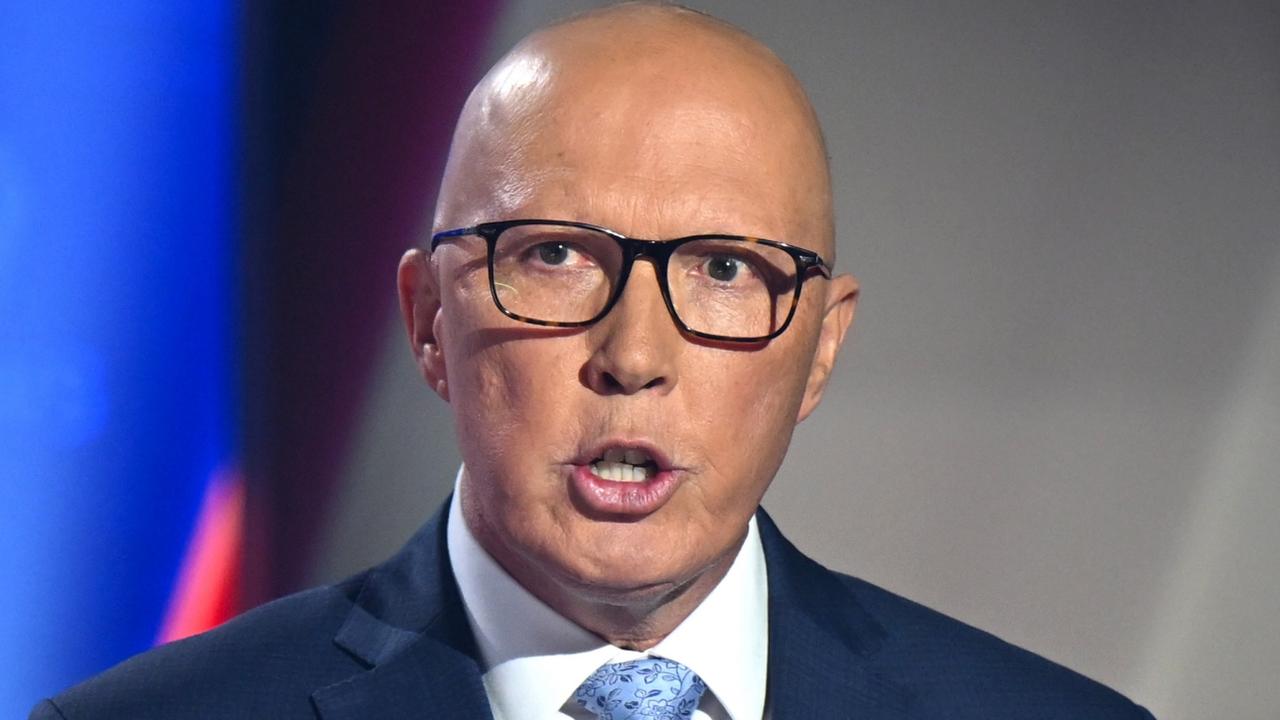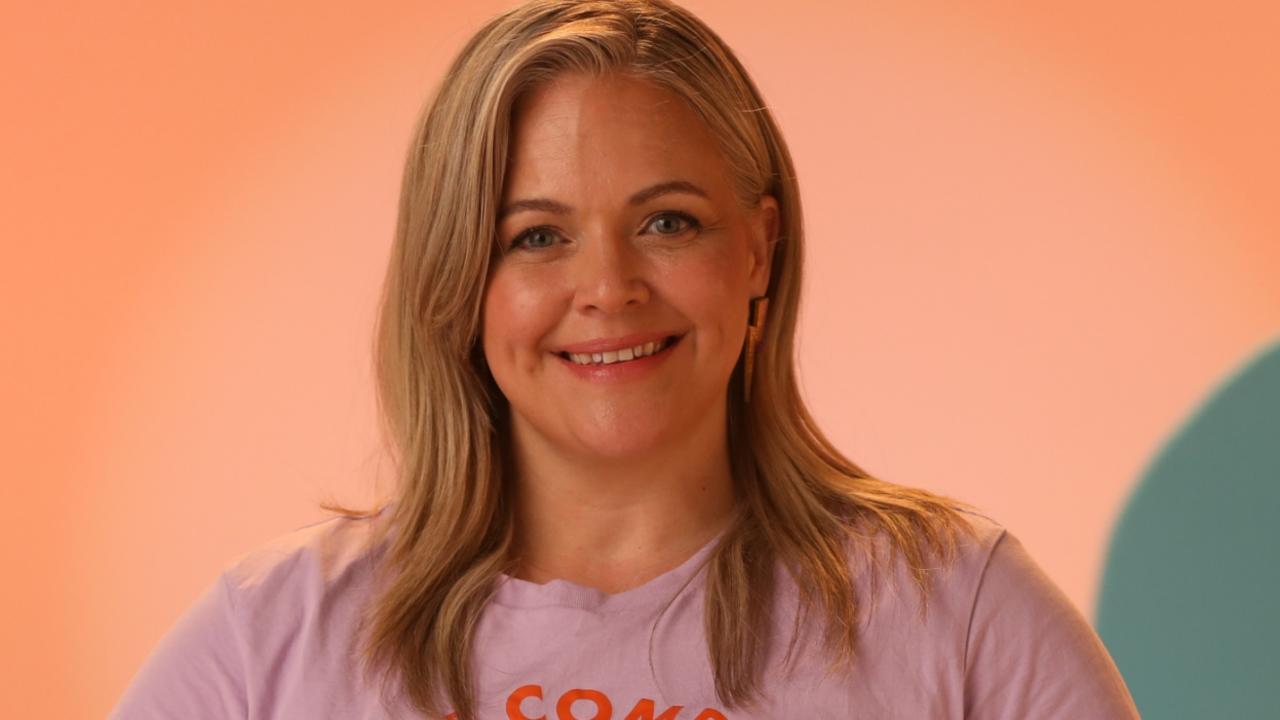Peter Dutton’s direct appeal to voters in first public comments on nuclear cost
In his first public comments on his nuclear energy vision, Peter Dutton has made a direct appeal to businesses and families.
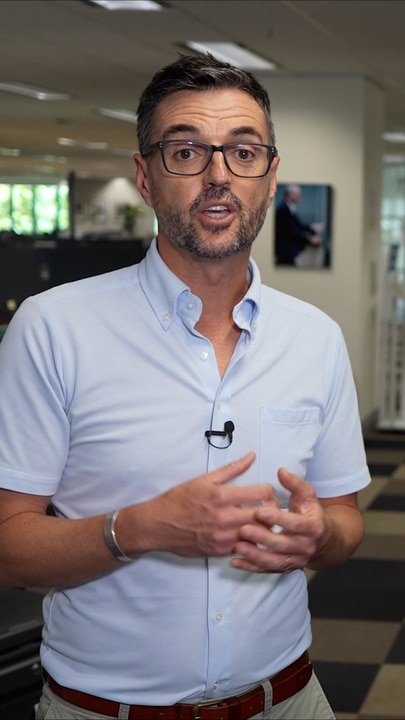
National
Don't miss out on the headlines from National. Followed categories will be added to My News.
Peter Dutton has made a direct appeal to businesses and families to back his nuclear vision, in his first public comments on his $331 billion plan to drastically overhaul Australia’s energy mix.
The Opposition leader held a press conference in Brisbane after finally unveiling the long-awaited costings of pursuing nuclear energy, directly appealing to voters by saying introducing nuclear to the energy grid would knock prices down on energy costs.
Laying the groundwork for a 2025 election which will be fought on energy policy, Mr Dutton said he had talked to punters struggling with spiraling electricity bills.
“It will get worse and we’ve already seen the signs of blackout under the Albanese government and there are zealot like approach to renewables only policy is going to cause a lot of grief to the country. In the near term and long-term so we deliver a plan today which will get the energy mix right,” Dutton said.
“This is about legacy,” Nationals leader David Littleproud said.
“In this country what we need to do is change the culture. Not finding reasons not to do things but by getting on with the job.”
“This is about leaving a legacy for generations to come in making sure we have that reliable power.”
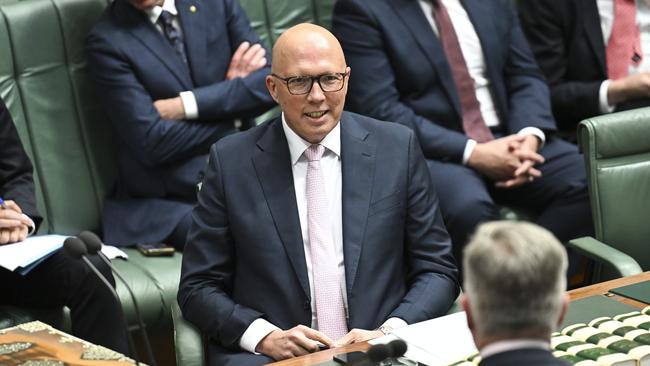
Coalition energy spokesman Ted O’Brien also appealed directly to businesses.
“Nearly 25,000 businesses have gone insolvent since Labor came to office. A big part of that is the cost of energy. Which is why our single priority is all about getting costs down, making sure that as we go towards a net zero electricity grid, we do it in the way that is going to be the cheapest possible pathway,” he said.
The press conference didn’t provide any detail on which of the Coalition’s seven proposed sites for nuclear would be developed first.
Mr Dutton provided brief detail on the mix of power plants and whether they’d be small modular reactors, which are currently being developed abroad, or larger nuclear plants.
“As we’ve said previously in South Australia and Western Australia, (there’ll be) small modular reactors, and then (elsewhere) bigger technology because you get a greater efficiency, you’ve got capacity on that distribution network and ultimately we’ll advice in relation to the best technology to deliver the lowest cost electricity at each of those sites,” he said.
The Coalition plan also relies on the demand for energy not growing as rapidly as Labor is projecting – with Mr O’Brien backing the “progressive” scenario underpinning their plan, compared to Labor’s “step-change” forecast.
“The progressive scenario is by far the more realistic one. Again I go back to Frontier Economics (who conducted the nuclear modelling), they don’t muck around. They’re absolutely straight when it comes to their advice and they have been completely supportive of this that in reality not going to need the amount of energy Labor is talking about,” he said.
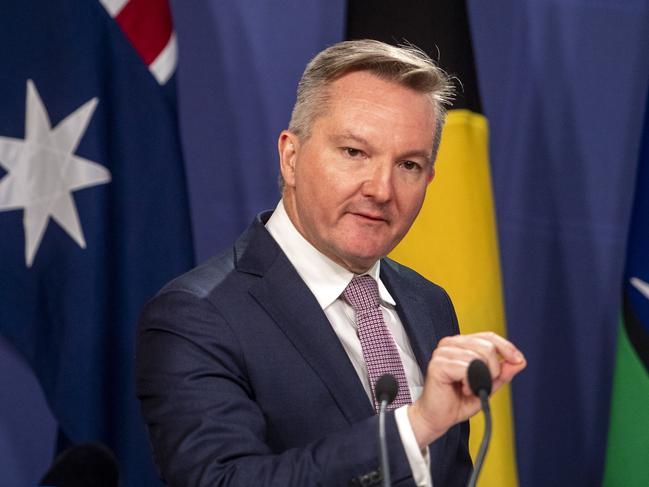
Energy Minister Chris Bowen, talking after the Coalition’s announcement, attempted to punch holes in the nuclear pathway.
He said there are “fatal” errors in the plan, including that it was underpinned by modelling that Australia would have a lower energy demand, compared to what Labor has prepared for.
“The Liberal Party has just assumed that the Australian people will need less electricity in 2050 than (the Australian Energy Market Operator) has suggested would be prudent to plan for. Now…that’s pretty easy, just assume you’ll need less electricity, it will cost less to produce less electricity than it costs to produce more,” he said.
“This is a fatal error in their costings and it is a dangerous error because it is risky, it runs the risk of leaving Australians short of the energy they need.”
He also took aim at the Coalition’s modelling which dictated savings from having to build less transmission infrastructure by building nuclear power plants on existing power plant sites.
Mr Bowen said which transmission lines would be axed wasn’t outlined, with major projects like the Hume Link connecting Snowy 2.0 nearing the start of construction.
“(Peter Dutton) is a reckless leader who is a risk to Australia. Australians need cheaper power now, not more expensive power in decades to come,” he said.
“That’s a key difference which has emerged today, this is the first time we have heard from the Liberal Party, they’re actually planning to produce less electricity. It’s quite a revelation…they have cooked the books.”
REVEALED: WHY DUTTON’S NUCLEAR VISION IS $250BN CHEAPER
The first detailed costing of Peter Dutton’s bold plan to add nuclear energy to the power grid forecasts a saving of more than a quarter of a trillion dollars compared to Anthony Albanese’s renewables-heavy strategy.
The Coalition’s proposal favouring reactors across the nation finds that between now and 2050, the price would be $331 billion versus $594bn for Labor’s preferred approach, according to analysis by Frontier Economics to be made public on Friday.
The Opposition’s plan is cheaper due to a lesser need for new transmission infrastructure – relative to what the government is pursuing – and because the cost of the plants could be spread over a 50-year life, as well as an assumption that Australia’s electricity needs will not increase as fast as the ALP is betting, meaning the size of the overall task is reduced.
Ahead of the release of the new costing last night, Mr Dutton vowed the Coalition would deliver “massive savings”.
“This means reduced power bills for households, lower operating costs for small businesses, and a stronger, more resilient economy,” the Opposition leader said.
Energy policy is set to be the most fiercely contested policy area at the next election, which must be held by May.
While the Coalition uses Frontier’s analysis to argue that the nuclear option can combat power price increases, the government is expected to attack the credibility of the new research by seizing on a decision to revise down the cost of Labor’s renewables strategy by nearly $50bn since initial figures were published a month ago.
Climate Change and Energy Minister Chris Bowen is also likely to criticise the absence of detail about where the first of seven proposed reactors will be built and what type of technology would be used.
The Coalition has flagged opening nuclear plants on the sites of five currently operating coal-fired power stations. They are Queensland’s Tarong, northwest of Brisbane, and Callide, west of Gladstone, as well as NSW’s Mount Piper near Lithgow, Loy Yang in Victoria’s Latrobe Valley, plus Muja in WA. The two other sites are former coal plants – Liddell in NSW’s Hunter Valley and Port Augusta in South Australia.
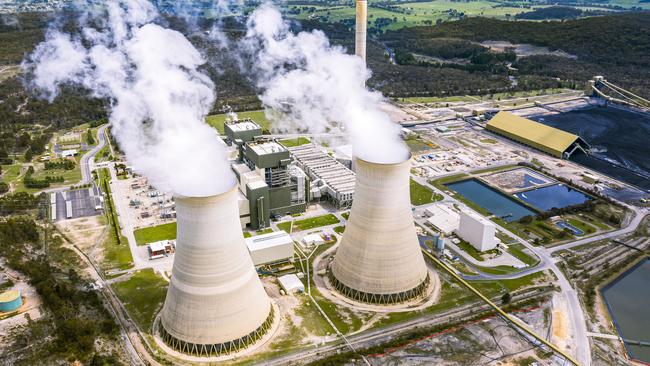
Mr Dutton has said that if the Coalition wins the election, two “establishment projects” will be chosen in that term, with electricity to flow from the mid-2030s.
A Liberal-National government would also need to overcome state and federal bans on nuclear energy.
The new Frontier costings assume 13.2 gigawatts of power would come from fission by 2050, slightly less than the Opposition’s stated objective of 14GW.
The calculations are based on nuclear entering as currently operating coal-fired power exits.
The major parties are at odds on timing of coal-plant closures.
Under the path being followed by Labor, nearly all of the existing 21GW of coal-fired power is anticipated to leave the system within a decade.
Frontier’s modelling of the Coalition plan is premised on only a third of the present coal capacity retiring by then.
Coal-plant owners’ stated closure timetables are slightly faster than what Frontier assumes but considerably slower than what the ALP and the Australian Energy Market Operator (AEMO) envision.
Frontier doesn’t identify which coal plants would stay open for longer; the Coalition has not divulged that either, saying only that it isn’t in favour of “premature” shutdowns.
In reality, the Coalition expects replacement nuclear capacity to be turned on for a year or more before a coal plant is decommissioned.
Shadow Energy Minister Ted O’Brien last night said: “Labor’s plan will see 90 per cent of Australia’s 24/7 baseload power forced out of the system by 2034, leaving the grid vulnerable to blackouts and instability.
“In contrast, the Coalition’s approach ensures retiring coal plants are replaced with reliable, zero-emissions nuclear energy, supported by renewables, gas, and storage.”
Still, there would be no power from coal by the late 2040s and less reliance on gas than under the Labor strategy because there would not be the same volume of renewables to “firm”.
By introducing baseload capacity at sites with existing network infrastructure, the new transmission costs of the Opposition plan are kept to $14bn versus $67bn for the government’s pathway, according to Frontier.
By 2050, nuclear would account for eight per cent of capacity but 38 per cent of electricity output because it is always on, the consultancy says in its report.
The Opposition is expected to refute accusations that it is anti-renewables by pointing out that its plan would still see 54 per cent of power derived from wind and solar in 25 years from now, which would require a doubling from current levels.
The government plan relies on renewables providing about three-quarters of Australia’s electricity in the middle of the century.
The Coalition is also likely to highlight that even if the cost of nuclear energy turns out to be double what Frontier has forecast, its proposal is still cheaper than Labor’s strategy.
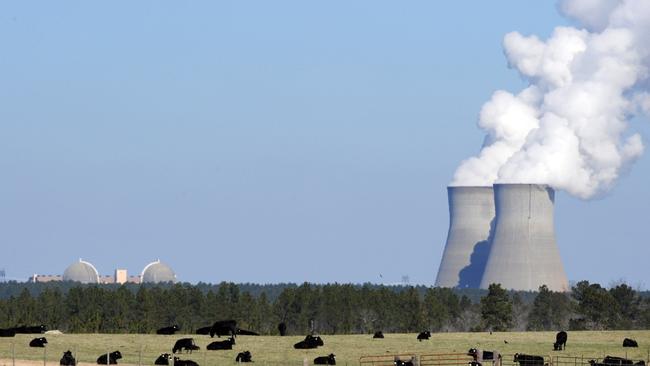
The $331bn cost of the Opposition policy is based on AEMO’s “progressive” scenario, which assumes a lesser rate of growth in demand compared to the “step change” outlook that underpins Labor’s actions. Progressive adopts a global temperature increase of 2.6 degrees Celsius versus 1.8C for step change.
Step change is AEMO’s preferred scenario. It has assigned a 43 per cent likelihood to step change – just one percentage point more than progressive.
Electricity demand under step change is about two-thirds higher in 2050 than for the progressive outlook.
To justify its choice of progressive, the Coalition is expected to note that AEMO has consistently over-estimated demand over more than two decades.
Frontier’s new work shows that if the step change scenario is applied to the Opposition policy, it is still nearly $150bn cheaper than Labor’s strategy.
More Coverage
Read related topics:Peter Dutton



